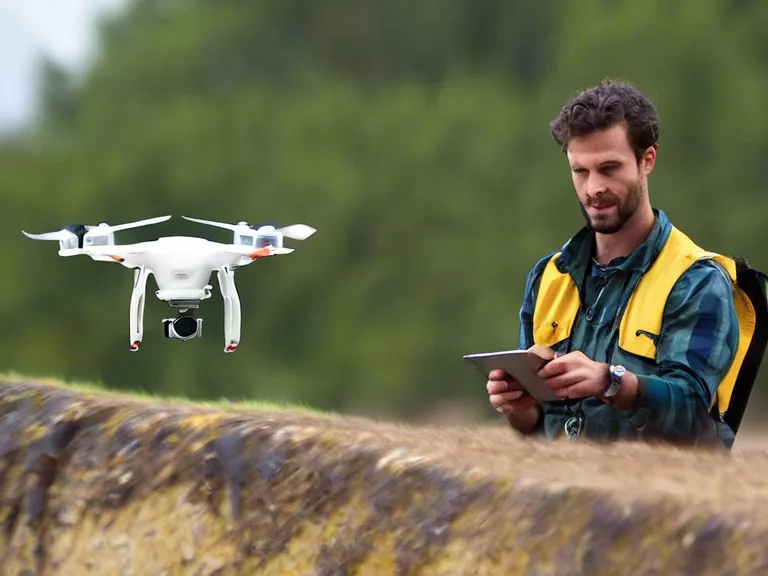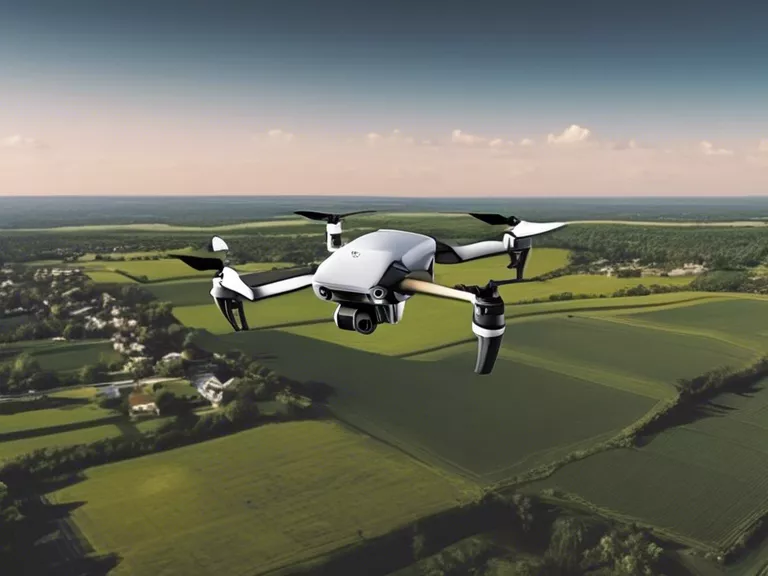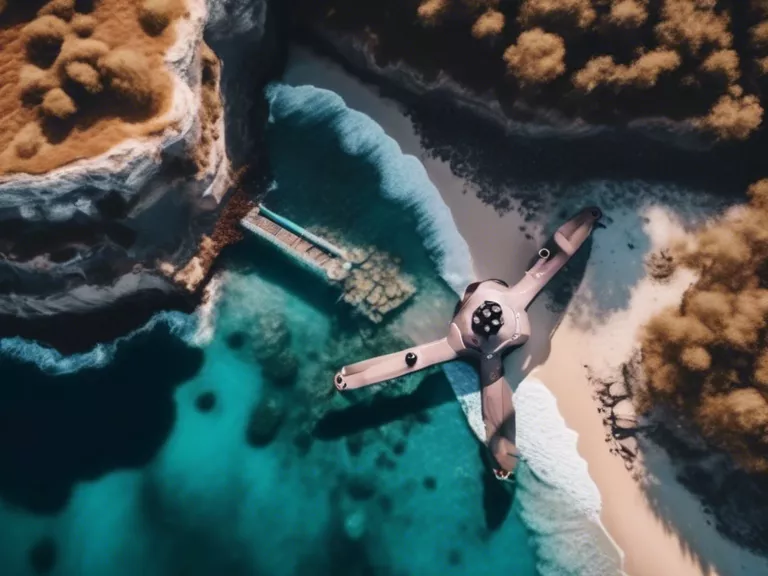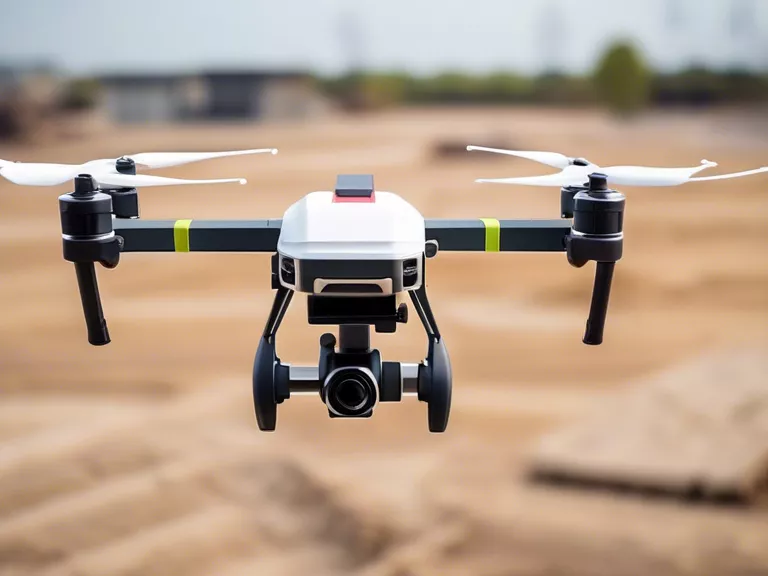
Drones have become a popular tool for wildlife observation, allowing researchers to study animals in their natural habitats without causing disturbance. However, it is important to use drones responsibly to ensure they do not have a negative impact on wildlife. Here are some tips on how to use drones for wildlife observation without disturbing habitats:
Choose the right drone: When selecting a drone for wildlife observation, choose one that is quiet and unobtrusive. Loud drones can scare wildlife and disrupt their behavior, so opt for a model that produces minimal noise.
Keep your distance: When flying a drone near wildlife, make sure to maintain a safe distance. Getting too close can stress out animals and cause them to flee, disrupting their natural activities.
Respect their space: Avoid flying drones directly over wildlife or hovering too close to them. Give animals plenty of space and always prioritize their well-being over capturing the perfect shot.
Fly at the right time: Consider the time of day when flying your drone for wildlife observation. Many animals are most active during sunrise and sunset, so try to schedule your flights accordingly to minimize disturbance.
Be mindful of regulations: Before using a drone for wildlife observation, familiarize yourself with any rules and regulations regarding drone use in protected areas. Always follow guidelines to ensure you are not inadvertently causing harm to wildlife or their habitats.
By following these tips, you can effectively use drones for wildlife observation while minimizing disturbance to habitats and animals. Remember that the goal of observing wildlife is to learn from and appreciate them, not to intrude on their natural habitats.



